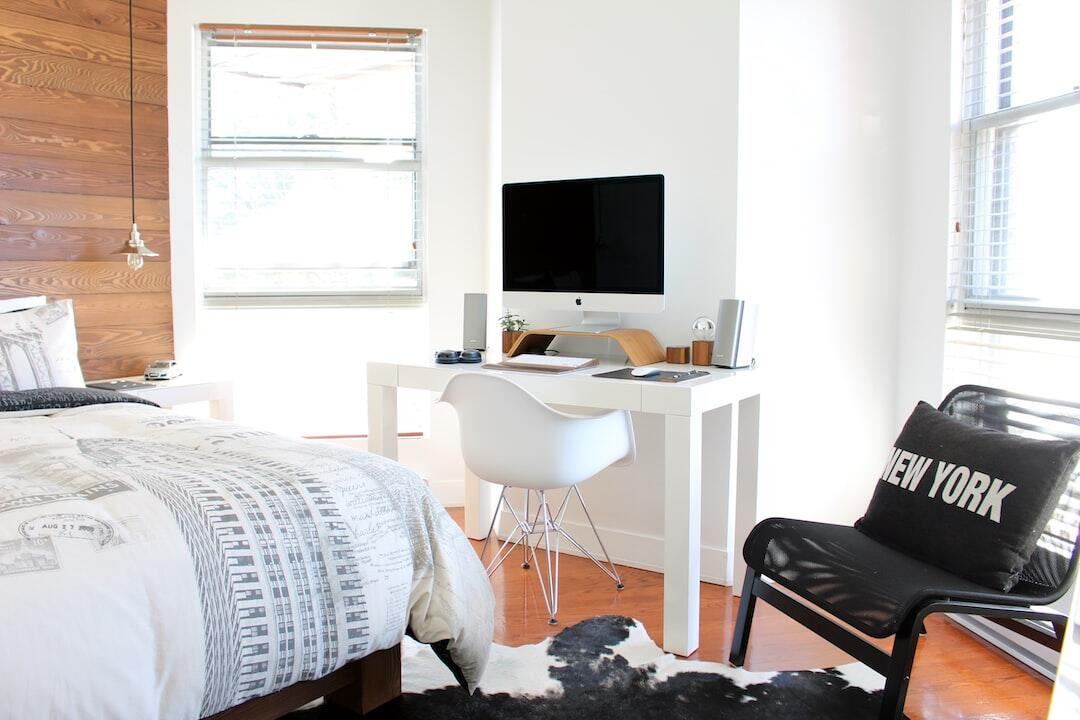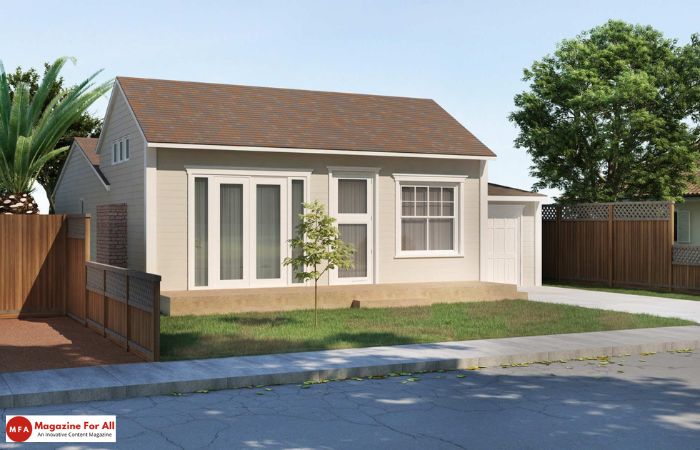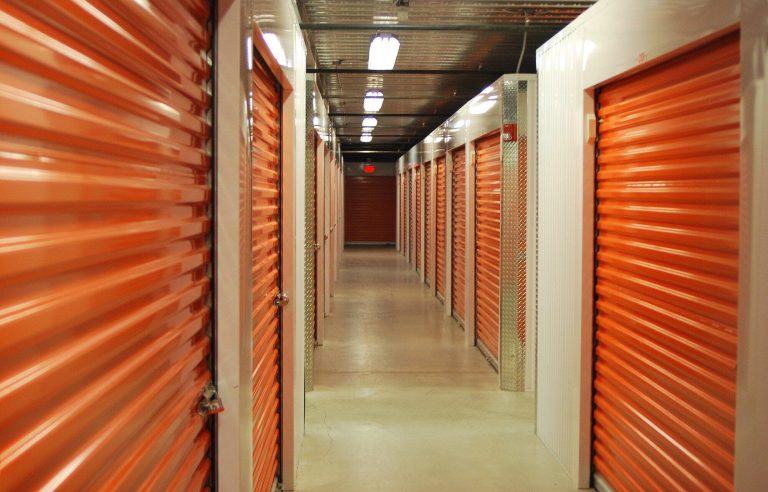It’s no secret that housing affordability is a major concern in many cities across the country. In response to this, many homeowners are turning to accessory dwelling units (ADUs) as a way to increase their living space and generate extra income. An ADU is a secondary housing unit that is built on the same property as the primary residence. These units can be small apartments, detached garages, or even converted basements. If you’re thinking about building an ADU on your property, there are several things you need to consider. Read on to learn how to build an ADU.
Table of Contents
Understand the Zoning Requirements
Before you start ADU development, you need to understand the zoning requirements in your area. Zoning laws vary from city to city, and some may have specific requirements for ADUs. In some areas, ADUs are not allowed at all. In others, they may be allowed but with strict requirements on size and location. Contact your local zoning department to find out what the requirements are in your area.
Determine the Cost
The cost of building an ADU will depend on various factors, including the size, location, and materials used. It’s important to create a budget and stick to it. You can consult with a contractor, architect or builder to get an idea of the cost. There are also online cost calculators that can give you a rough estimate of the cost of building an ADU. It is also essential to consider the cost of permits and inspections.
Design the ADU
Once you have an idea of what is allowed under the zoning requirements and the parameters of your budget, you can begin designing your ADU. The design of your ADU should reflect your needs and personality. Keep in mind that the ADU should blend well with the appearance of your home and neighborhood. The design should also take into account your family’s current and future needs, such as the need for additional storage space or larger rental income. There are several online architectural design services available that can help you with ADU designs.
Hire a Contractor or Build it Yourself
Once you have all the specs for your ADU and a budget in place, you can hire a contractor or build it yourself (DIY). The DIY approach is an excellent way to save money, but it is not recommended if you don’t have previous construction experience. Hiring a contractor may be more expensive, but it can save you time, the hassle and usually ensures quality work. Be sure to ask for references and verify that the contractor is licensed and insured before engaging with them.
Plan for Long-Term Sustainability
Finally, think about the longer-term impact of your ADU on the environment and consider incorporating sustainable features such as using renewable energy sources, salvaged materials, efficient LED lights, and environmentally conscious landscaping in its design. Incorporating these eco-friendly components will not only benefit the environment but also the long-term operating costs. Installing an EV charger or efficient cooling and heating unit will add value to your ADU and make it more attractive to renters or buyers.










































































